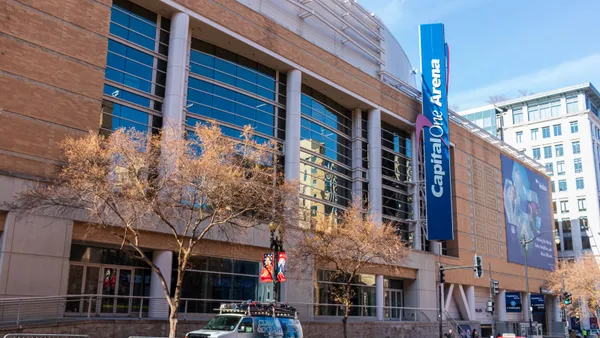Dive Brief:
-
A study from Urban Land Institute Washington has found that transit-oriented housing schemes can result in significant financial savings for local governments.
-
The study examined 10,000 transit-oriented developments (TODs) and non-TOD apartment units within the Baltimore-Washington, DC, metropolitan region, with ULI noting that four of the selected TODs generated between $1.13 and $2.20 in tax and non-tax revenues for every $1 in public services provided to residents and employees. If the same four TOD projects were not located at or near a transit rail station, they would have only generated between $0.77 and $1.35 in tax and non-tax revenues for every $1 spent on public services.
-
The study also found that the median household income per unit for TOD projects is more than 10% higher than non-TOD units, while non-TOD projects have larger average household sizes in both adult and school-age children populations. This generally results in a higher fiscal burden for cities and counties.
Dive Insight:
The latest study by ULI on the impact of TODs, looking specifically at workforce housing that offers low- and middle-income households access to work in city centers, concluded that it is not only the best use of urban land and infrastructure, but it can also be a tax boost for municipalities.
The report comes as TODs are gaining traction nationwide as many metro centers struggle to keep pace with booming housing demand as population levels rise, while affordable housing inventories also languish. TODs, which are sustainable mixed-use communities built around rail access, are also believed to reduce traffic congestion, improve the health of residents and stabilize property values.
Last month, work started on the 71-unit Gateway North project in Lynn, MA, that aims to provide low- and middle-income residents access to housing close to transportation hubs.
Washington, DC is looking at TOD schemes to help alleviate housing shortages as the city grows. Comstock Homes announced in November that it was teaming up with Stratford Capital Group on a transit-oriented, multifamily project near a Maryland station on the Metro rail system.
Honolulu is also set to see its first TOD, with the city council approving the $700 million mixed-use high-rise Manaolana Place, which will be located near a light rail station.













